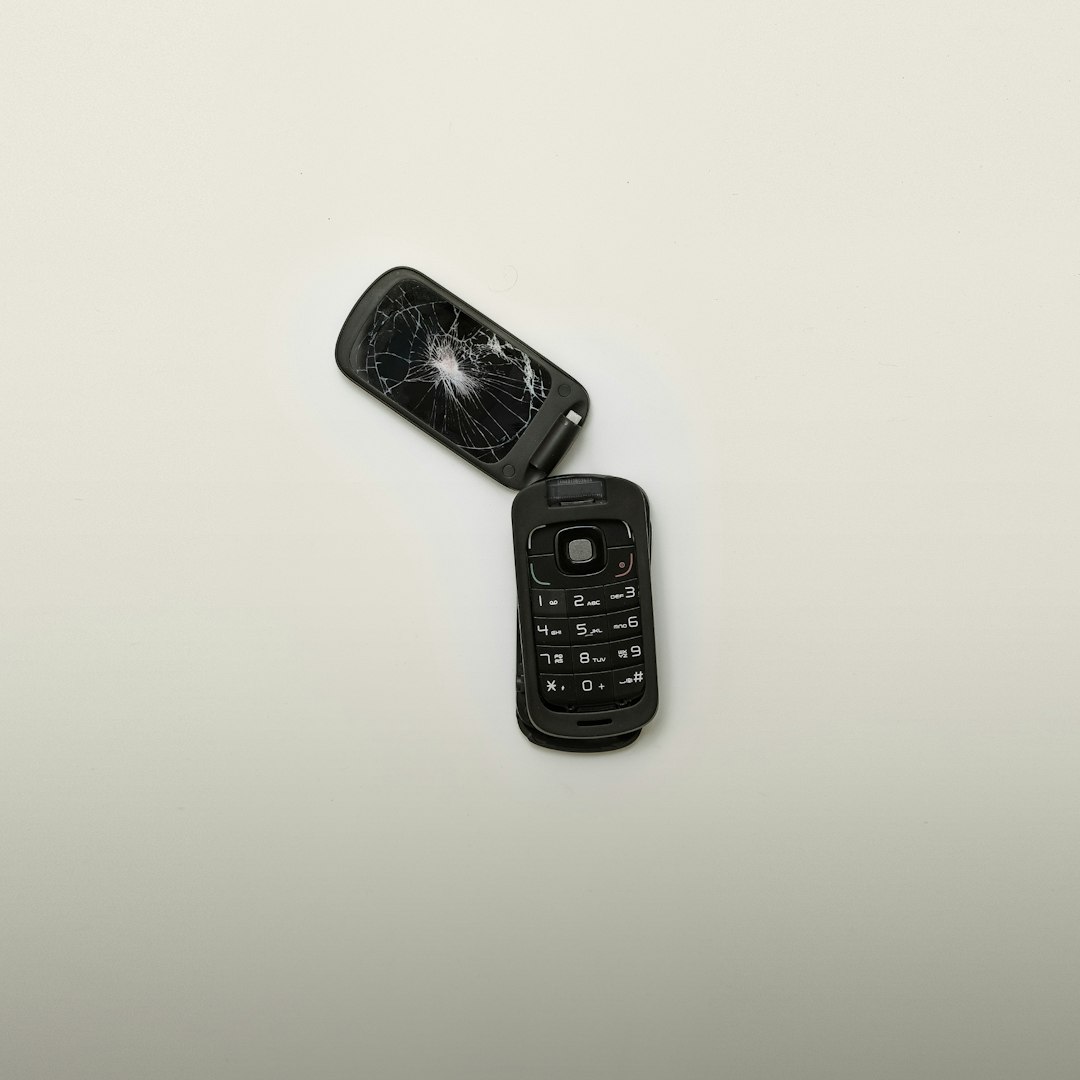The mobile phone industry has seen a wide array of devices designed for different consumer needs. Among the many devices that passed through the hands of users around the world, the Pantech Escapade carved out a small but notable niche for itself in the early 2010s. Manufactured by Pantech, a South Korean mobile device maker, the Escapade was released as a basic international calling phone at a time when smartphones were gaining momentum. Despite its limited feature set compared to today’s standards, the device found its target audience among global travelers and users seeking simplicity alongside international capabilities.
Overview of the Pantech Escapade
The Pantech Escapade (model number: CDM8999) was a flip phone primarily known for its dual-mode GSM and CDMA support, allowing it to be used in numerous countries. Targeted at international travelers who needed the ability to roam across various GSM and CDMA networks, the Escapade stood out for practicality rather than innovation.
Developed under contract with Verizon Wireless, the device was one of the few of its kind during that era—reliable, globally functional, and yet easy to use. It was not designed to compete in the burgeoning smartphone market dominated by Apple and Android devices but instead offered a no-frills communication solution for a specific market segment.

Pantech Escapade Release Date History
The official release date of the Pantech Escapade was August 20, 2009. It debuted as a Verizon Wireless exclusive and was immediately available through Verizon’s online store and physical retail locations across the United States. The timing of its launch was strategic, aimed at catering to business professionals and frequent travelers looking for a dependable phone during the fall travel season.
Some key points in the release timeline include:
- June 2009: Initial photos and leak details started to surface on tech forums, especially on sites like HowardForums, building anticipation.
- July 2009: Verizon and Pantech officially announced the phone, highlighting its global roaming capabilities and basic multimedia support.
- August 20, 2009: Official U.S. release by Verizon Wireless with a starting price of approximately $129 with a two-year contract.
- Early 2010: Limited roll-out in select international markets for niche users, though the phone was not widely distributed globally aside from U.S. roaming.
The Pantech Escapade never received a global launch in the same way modern smartphones do today. Instead, it was marketed heavily through Verizon Wireless’ business and travel divisions, positioned as a cost-effective alternative to more expensive global phones.
Technical Specifications and Features
For a device not classified as a smartphone, the Escapade came with a range of handy features for international usage:
- Network Compatibility: CDMA 800/1900 MHz and GSM 850/900/1800/1900 MHz bands
- Display: 2.6-inch TFT, 65K colors, 240 x 320 resolution
- Camera: 2.0 Megapixel rear camera with video record capability
- Connectivity: Bluetooth 2.1 with EDR, USB 2.0
- Battery Life: Talk time up to 4 hours, standby time up to 350 hours
- Storage: Internal memory, no microSD expansion supported
Notably, the Escapade did not come with a touchscreen or access to mobile apps, as it ran on a proprietary operating system with limited customization options. The design centered around its clamshell (flip) form factor with a monochrome external display and tactile keypad.
Market Reception
The Pantech Escapade was received with moderate enthusiasm. It didn’t aim to please tech enthusiasts but found appreciation among users who valued simplicity, especially elders and business travelers. One of its main highlights was how effective and stable its roaming capabilities were in countries across Europe and Asia.

Critics pointed out the limited internal memory, lack of an expandable storage option, and outdated camera technology even by 2009 standards as weaknesses. However, in its defense, the device was never positioned as a multimedia powerhouse or a productivity tool but rather a functional travel phone.
Legacy and Discontinuation
With the rapid evolution of smartphones, the Pantech Escapade quickly became obsolete soon after its launch. While it served its intended audience well in the 2009–2011 period, increasing adoption of smartphones with global support and app ecosystems overshadowed its basic functionality.
Pantech eventually shifted focus toward budget Android smartphones such as the Pantech Discover and Pantech Perception, marking the end of the Escapade’s life cycle. Verizon Wireless discontinued official sales and support for the Escapade by mid-2012, and Pantech exited the U.S. mobile market a few years later due to financial troubles.
Conclusion
In retrospect, the Pantech Escapade was a device built for a very specific time and audience. Its release and short-lived popularity highlight an interesting chapter in mobile phone history—one just before smartphones universally transformed communication. For many international travelers and minimalist mobile users, the Escapade remains a nostalgic reminder of basic reliability in the pre-smartphone world.
Frequently Asked Questions (FAQ)
- When was the Pantech Escapade released?
- The Pantech Escapade was officially released on August 20, 2009 by Verizon Wireless in the United States.
- Was the Escapade a smartphone?
- No, it was a feature phone designed for basic calling and text messaging, with international roaming capabilities but no smart features.
- What networks did the Escapade support?
- It supported both CDMA and GSM bands, making it suitable for international travel across multiple regions.
- Did the Escapade have expandable memory?
- No, the device did not support external memory cards, and storage was limited to its internal memory.
- Is the Pantech Escapade still usable today?
- With many networks phasing out 2G and 3G technology, the Escapade may not work on modern cellular infrastructure, especially in the United States.